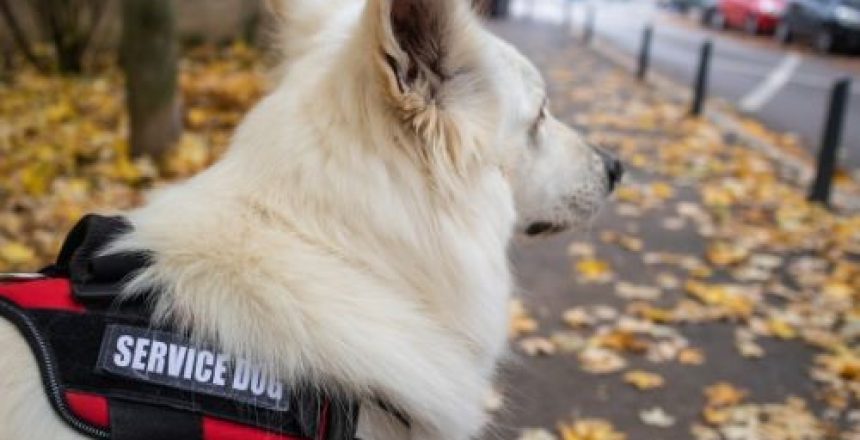
When we think about the expression “working dog,” we immediately think of a working sheepdog or guard dog used to protect buildings or livestock, which is true. Still, there are many other working dogs, like Hearing dogs, Rescue Service dogs, a police dog, and a bomb-sniffing dog.
So, what makes a dog a working dog? A working dog is a dog used to perform practical tasks, and they are dogs trained to be employed in meaningful work. A working dog can be an assistant dog, an international term for a dog that provides assistance to a disabled person and is task-trained, but this term refers to a Service dog in some parts of the country, like in the US. The ADA (Americans with Disability Act) and Colorado Law distinguish between Service dogs and Emotional Support Assistants (ESA). The main characteristic is associated with the fact that the ESA is not a trained dog, but it only provides you with a sense of safety and company, and they are not covered.
Click here to see the difference between ESA and Service dog.
The brochure provided by the City and County of Denver, which you will find in the link below, states that “Service animals are working animals, not pets. They should not be pet, fed, or instructed to perform tasks by individuals other than their handler”. I found this information in a brochure in PDF file posted by Denvergov.org, which I found helpful because it is a guide for the people who own a service or assistant dog, it educates the general public about the ADA law concerning service dogs, and instructs businesses in Colorado on what to do in the presence of a Service or Assistant dog. This is the link.
I have mentioned that Service dogs are trained to perform practical tasks, but every dog is trained differently according to the recipient’s disability. So, below, you will see two main tasks for the hearing dog.
- Alert their deaf and hard of hearing recipient to sound: doorbell, text messages, fire alarm, etc.
- Recognise particular sounds and physically alert and lead their handler to the source or physically alert and lead away from the source (fire alarm)

Various testimonials confirm that a service dog leads them to live independent lives, provides emotional support, gives them confidence, and is a constant companion because they feel disconnected from the rest of the world and excluded by other piers.
Realistically speaking, having a companion who not only alerts you in case of danger but also provides emotional support is priceless. Just imagine when you have low confidence, you don’t feel like going out, but you prefer to stay inside the house and don’t do anything stimulating. Still, your hearing dog is there next to you, and one pet after another, you smile automatically because it calms you down.
In fact, according to a study, a dog has some healing effects. It can unleash happy hormones in a person and reduce the stress level that triggers anxiety. The study has also shown that a dog can lower a person’s heart rate and blood pressure.
You get the best of one dog!
A Service dog is not a pet dog; it is on a mission to assist you throughout your day, whatever lifestyle you have. The ADA and Colorado Law also cover them.
- Tags: alternative support, assistant dog, Deaf and Hard of Hearing, dog helpers, Dog Hero, dog with a purpose, service dog, trained dog, working dog, Your Hearing Dog
